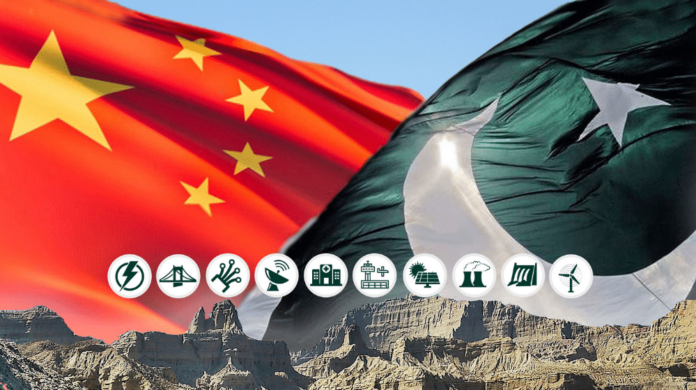The article highlights the significance of the China-Pakistan Economic Corridor (CPEC) in driving major infrastructure and energy projects in Pakistan since its inception in 2015. Despite some progress, the initiative faces several challenges, including corruption, delays, and security threats, alongside concerns regarding unequal development across different regions. To fully leverage the benefits of CPEC, Pakistan must address these internal issues and work towards ensuring political stability.
It has been almost 9 years since the launch in 2015 by Chinese President Xi Jinping of its Belt and Road Initiative (BRI), a massive global infrastructure project, intended to connect China through the ancient Silk Route, by land and sea. Over 145 countries are on board and have shown their desire to participate in the project.
Amongst the first countries where BRI was launched was Pakistan, a close and strategic ally of China since 1951. It was during President Xi’s visit to the country in 2015 that the Chinese-Pakistan Economic Corridor (CPEC) was formalized, envisaging an estimated US$45 billion in investments (through soft-term loans) for 51 projects in the country, making it the largest investment under BRI.
To address Pakistan’s severe electricity shortage i.e. almost 5000 megawatts, and as a priority, the first projects launched under CPEC included building coal-fired power plants and the development of the Thar coalfields in Sindh province. By the year 2023, new power plants under the CPEC program had added 8000 megawatts to the national grid. Other major investments/projects under CPEC included the development of the Gwadar seaport, the establishment of Special Economic Zones (SEZs) in the country, expansion of national highway networks, and mass transit projects.
But there is a flip side to this progress. So far, out of the US$46 billion that was to be invested under CPEC, only US$25 billion worth of projects have materialized. This has mainly been due to projects beset with corruption, delays, and other issues, including environmental and security concerns. Chinese engineers have been targeted regularly by insurgents causing anguish and anger from the Chinese Government and thus testing their patience.
Adding to these factors are the bureaucratic bottlenecks, lengthy approval processes, and inadequate infrastructure that hamper the speedy completion of projects.
Importantly, there is concern within the Pakistani populace that under the ruling PML-N government, major development under CPEC has gone to the Punjab province, leaving out the smaller provinces of any beneficial progress and thus causing resentment.
In conclusion, China has consistently proven to be a reliable and cooperative partner for Pakistan, exemplified through strategic initiatives such as CPEC, which has significantly enhanced Pakistan’s infrastructure and development. However, for Pakistan to fully capitalize on these opportunities, it is imperative that the country addresses its internal challenges, including political instability, frequent leadership transitions, and pressing security concerns. Only by stabilizing its domestic affairs can Pakistan maximize the long-term benefits of its partnership with China and ensure sustainable progress.




